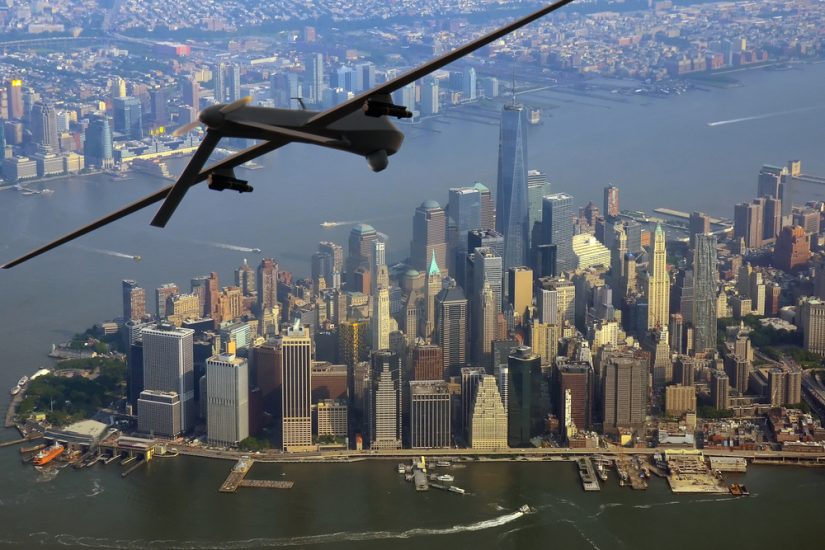The United States Federal Aviation Administration (FAA) has announced seven finalists and two honourable mention collegiate teams of the 2024 FAA Data Challenge. In its second year, the contest focuses on the use of Artificial Intelligence/Machine Learning and advanced analytics to explore aviation-related problems and opportunities.
Proposals addressed one of four categories: Improve Aviation Safety; Improve Operational Efficiency of the National Airspace System (NAS); Contribute to Sustainable Aviation; and Assist with the Rapidly Evolving New and Novel Uses of the NAS.
The finalists include Oregon State University for its Reachability-Based Probabilistic Risk Analysis (PRA) for Uncrewed Aerial Systems (UAS). The university’s proposal introduces a novel reachability-based approach to PRA tailored for UAS operations. Historical data such as weather patterns, wind conditions, population density, geofencing, and aircraft failure reports are used to construct hazard probability maps over critical areas of the airspace. Then, by computing the reachable set of a UAS and its intersection with critical areas, the team quantifies the probable hazard risk and enables optimisation of control laws that minimise that risk.
This approach is designed to overcome limitations of traditional PRA frameworks by offering continuous, data-driven risk assessment across a variety of operational scenarios. Under the proposed framework, UAS operators within the NAS can find guaranteed safe flight paths without compromising efficiency, which is vital for the advancement and scaling of safe and reliable drone technologies.
Another finalist, the University of North Texas, has been selected for its project that explores the use of Graphical Neural Networks (GNN) for micro-weather prediction for UAS operations. The team conceptualises the air corridor as a graph where nodes represent UAS, weather stations, or specific locations, and edges signify geographic and environmental connections. Although real-time data remains limited, the team says existing datasets can be used to train and validate the GNN model. The project aims to scale predictions down to metres for a more accurate and actionable weather forecast, ultimately enhancing UAS operational planning and safety.
Other finalists include Embry Riddle Aeronautical University with its digital twin of the NAS.
Finalist teams will present their concepts at an in-person forum with senior FAA officials in early 2025. They will compete for cash prizes totaling USD100,000.
For more information
US Federal Aviation Administration
Image: Shutterstock




